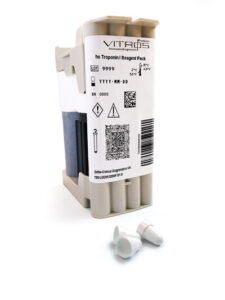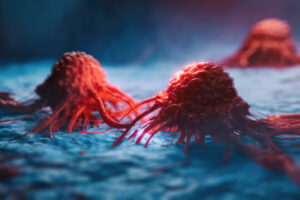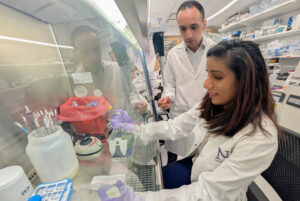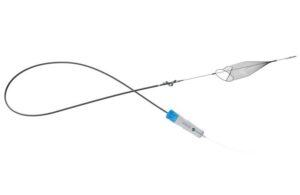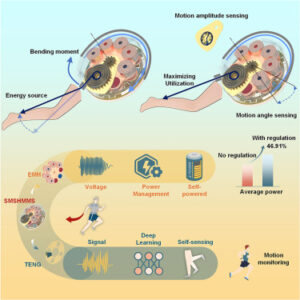
Self-aligning mechanism for wearable biomechanical energy harvesters
The increasing demand for real-time, wireless, and sustainable motion monitoring in applications such as personal health, professional sports, and human-machine interactions calls for wearable devices that are lightweight and battery free.

